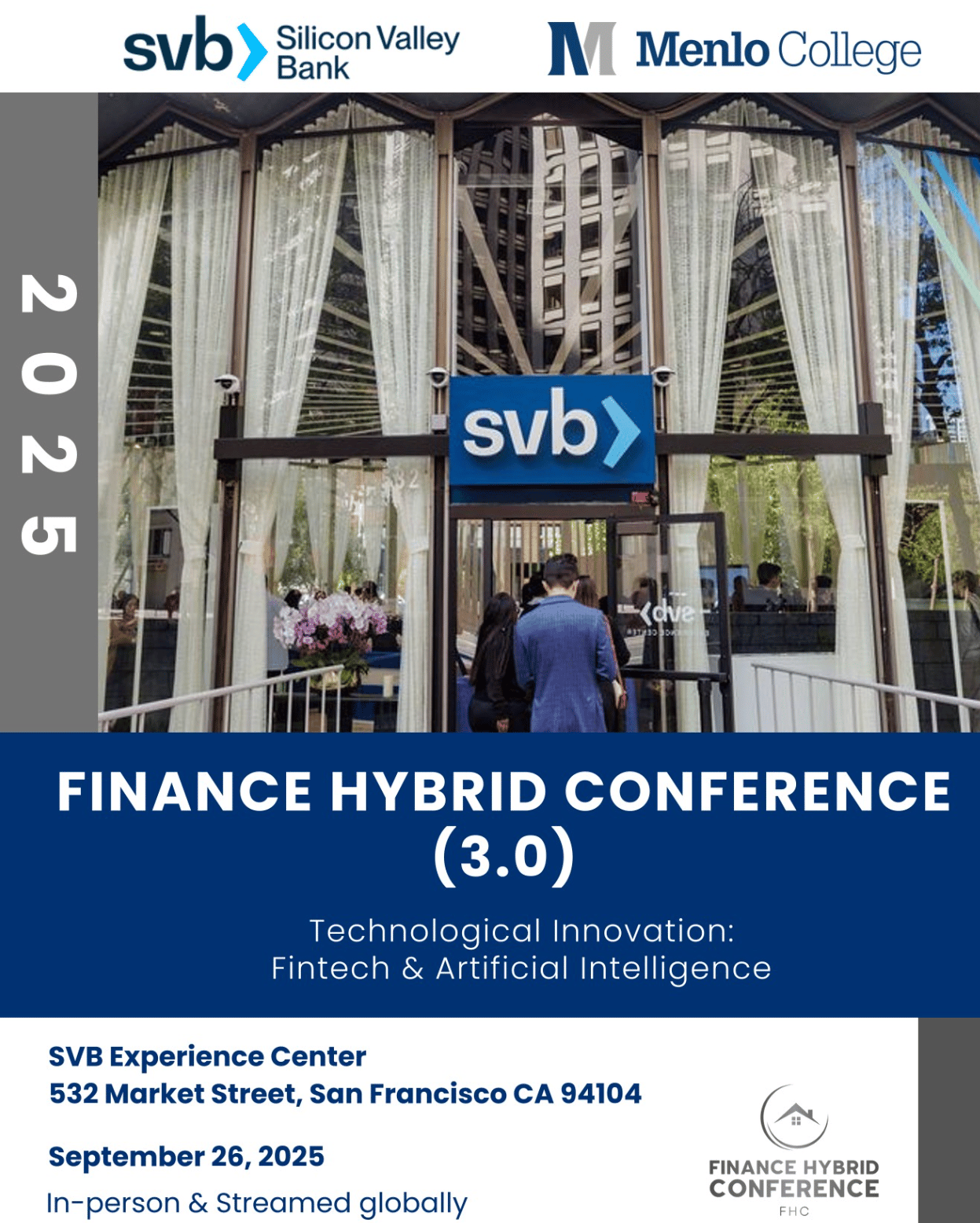- The ZorroFi Update
- Posts
- The Lending Brief (2)
The Lending Brief (2)

Welcome to The Intake Intelligence Report,
This is your weekly update on what’s breaking (and fixing) modern lending.
This week: Two insights. Three minutes. Zero fluff.
Fragility Breeds Fraud - Why Lenders Must Blend Behavioral Science Into Risk Strategy
👻 The scary part?
71% of U.S. consumers now live paycheck to paycheck. Nearly half once felt stable but slipped back - the “shifted stuck.” Behavioral science shows this loss of control is worse than never having stability at all: it drives overwhelm, tunnel vision, and riskier decisions. For SMBs, fragility takes the form of lumpy cash flow, maxed-out credit cards, and owners juggling payroll week to week.
🚨 The real problem?
Fraudsters exploit this mindset. Someone under financial strain is more likely to:
Trust a deepfake vendor call (“just wire this invoice now”)
Click through phishing emails promising “fast relief funding”
Abandon an application at the fifth document request, assuming the process is stacked against them
For small business lenders, borrower fragility translates to higher application abandonment and greater vulnerability to scams that siphon working capital. For FIs, fragility means more drop-offs and more fraud claims - a double hit on growth and risk.
⚡ Action step:
Forum CU’s new business platform shows how to turn fragility into strength. By layering account aggregation, cash-flow dashboards, and in-app guidance, they give members more confidence and reduce friction.
Community institutions can follow the same playbook:
Show progress instead of just compliance requests.
Offer nudges when repayment stress peaks.
Position yourself as a partner who helps share data safely
The lesson: tackling fragility isn’t just empathy — it’s risk management and fraud prevention at the root.
Open Banking Moves From Theory to Reality
Open banking is moving from theory to reality - and it comes with a price. The latest twist in the JPMorgan–Plaid saga signals a new phase: what was once free infrastructure is now being monetized through access fees.
In case you missed it: Back on August 19, we covered how more than 80 fintech CEOs urged the White House to block JPMorgan’s proposed $300M in annual charges. At the time, the fight was political. Now, it’s practical: fees are here, and Plaid has agreed to pay.
🏛️ What’s going on?:
After weeks of speculation, JPMorgan just put a price tag on open banking access. Until now, fintech aggregators like Plaid connected to bank data for free. That’s changing. Chase and Plaid struck a deal on Monday, September 15 - Chase will begin charging fees not for the data itself, but for the infrastructure and access required to deliver it.
System strain:
JPMorgan argues that nonstop data pulls by fintechs are straining systems and raising fraud risk - a claim Plaid disputes.
The stakes are high. Plaid agreed to pay (terms undisclosed), but smaller aggregators may not have the margins to absorb those costs. Some fintech CEOs are already warning they’ll need to raise prices or cut free features.
Regulatory rewind:
Section 1033 of Dodd-Frank — finalized in 2024 with a ban on fees — is now back under review. In August, the CFPB reopened comments to decide whether access fees should be capped, “reasonable,” market-based, or prohibited altogether. Both banks and fintechs are pressing their case: banks argue they shoulder real infrastructure and fraud costs, while fintechs insist consumers own their data.
Backlash:
The agreement is fueling pushback: fintech trade groups call the fees an “unlawful toll,” warning they could limit consumer choice and stall innovation. The CFPB now faces pressure to decide whether fees are cost recovery - or anti-competitive barriers.
⚠️ Why it Matters:
Costs will ripple. If large aggregators like Plaid start paying new access fees, fintechs are likely to pass costs down — raising subscription prices or cutting free features that borrowers have come to expect.
Fraud is the wedge. JPMorgan points to $50M in annual fraud claims linked to aggregator-based ACH transfers — a figure it expects to triple within five years. That narrative strengthens banks’ case for charging fees, even if fintechs dispute the numbers.
Community institutions are caught in the middle. Rising data costs could mean higher vendor bills for credit unions and community banks, or worse, limited access to fintech tools their borrowers now rely on.
⚡Action Step:
Reframe the debate for your board and teams. It’s not “banks vs. fintechs” — it’s about roles in each data transaction:
Requester: Who initiates the pull
Sender: Who provides the data (often you, the FI)
Receiver: Who ultimately uses it (fintech app or your own systems)
Clarifying roles helps you:
Allocate fees and fraud liability fairly
Push vendors to prove how often they pull your customers’ data — and why
Position your FI as the trusted receiver: using permissioned data to deliver faster, safer decisions without unnecessary strain
Want to go deeper?
Join me - in person or online - at the Finance Hybrid Conference on Friday, September 26. I’ll be on a panel, “Keeping Relationships at the Center of Financial Innovation,” where we’ll discuss:
How technology and AI can remove busywork so bankers can focus on real client relationships.
Why community banks and credit unions hold a relationship advantage — and how to strengthen it in a digital-first world.
Today’s lending paradox: small businesses are optimistic, yet hesitant to borrow.
It’s a conversation about trust, technology, and the future of finance — and I’d love for you to join. Sign up here.

🙌 Help Us Grow
Know someone in lending who’d benefit from these insights? Forward this to them - and hit reply if there’s a topic you want us to cover.
📅 Next newsletter drops Tuesday, 09/23. And we’ll talk about:
 | Warmly, |
